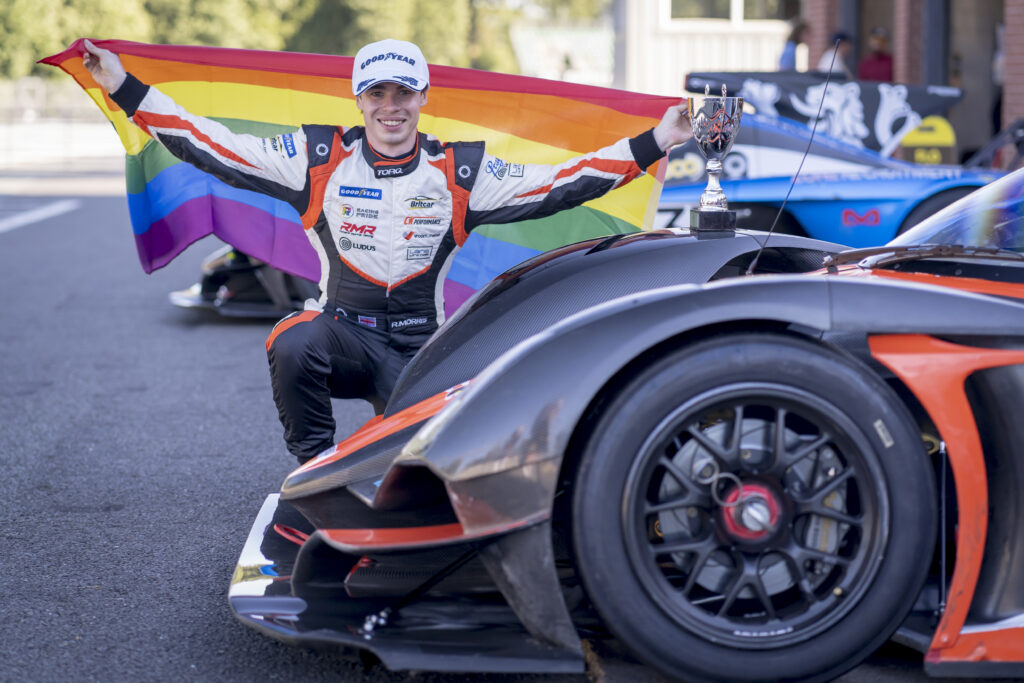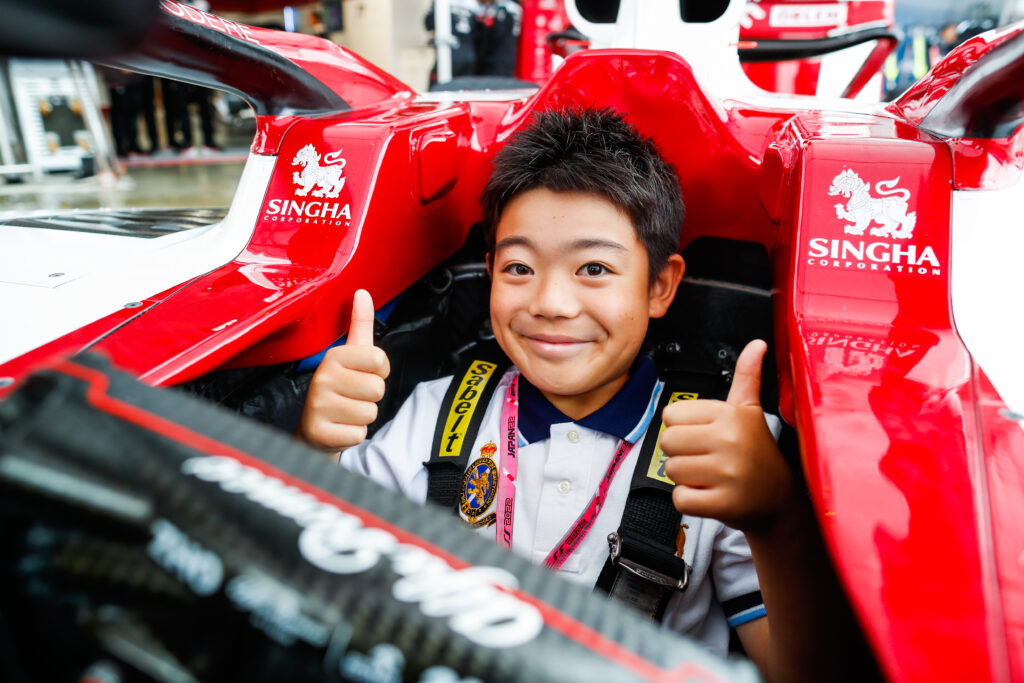In this Winner’s Spotlight series, we will be shining a light on past winners of The Race Media Awards, speaking to those who have achieved success with outstanding creativity across the motorsport industry.
Anthony Comas, General Manager of FIA Motorsport Games, tells TRMA’s Oliver Card about the event that brought together multiple nations to compete in a competition that spanned across 16 different disciplines of motorsport.
It was a long held dream of Stephane Ratel (SRO Motorsports Group Founder & CEO) of uniting nations through motorsports. It all began in 2018 in Bahrain, where we held the Bahrain GT Nations Cup, which was the same idea that the Games ended up becoming, but with three GT categories. There’s no better billboard than a GT car to showcase the idea as a one off trial. We thought the concept was just amazing and then decided, why not expand it to different disciplines? So then we went from one category in Bahrain to six in Rome, to sixteen in Paul Ricard.
How did you shortlist the sixteen different categories for Paul Ricard? Was it a very long list that you had to scale down?
No, it was more about selecting disciplines in which there was a possibility of attracting a broad amount of nationalities. It involved discussions with the FIA, and seeing what disciplines they thought they could help get the ASN involved in making a national selection. So there was a mutual understanding between the FIA on the ASN side and SRO Motorsport Group on what we thought was possible in building a grid.
What made the FIA Motorsport Games such a unique event?
The nation’s focus makes it quite special, because you don’t necessarily need to be a motorsport fan to come to the Motorsport Games, you can be there just to support your country. I always use the example of curling; you might never have watched a game of curling in your life. But if your country is in the curling finals of the Olympics, you’re going to be more likely than not to be in front of your screen watching it.
That in itself makes it very unique and something that’s been reasonably untapped in motorsports. Obviously, we had A1 Grand Prix back in the days, but it was a very, very costly championship going around the world, with just one discipline. So I think it was nothing quite like this multi-discipline event that we have. And the second point is the multidisciplinary aspect, which brings fans from all horizons of motorsports. So you don’t necessarily need to be a motorsport fan to watch the games. And if you are, there’s most likely an event that you are a fan of. It could be GT, rallying, eSports, drifting, formula or karting, it brings all of the fans from motorsports and their different disciplines into one place. It also really tries to break the barriers of motorsport being predominantly seen as an elitist sport; we have a lot of grassroots disciplines and people from all different levels who can come to participate. From the young racers in the slalom to the Tom Coronels, the legends of this world competing and winning in touring cars, it brings everyone together for one big festival of motorsports.
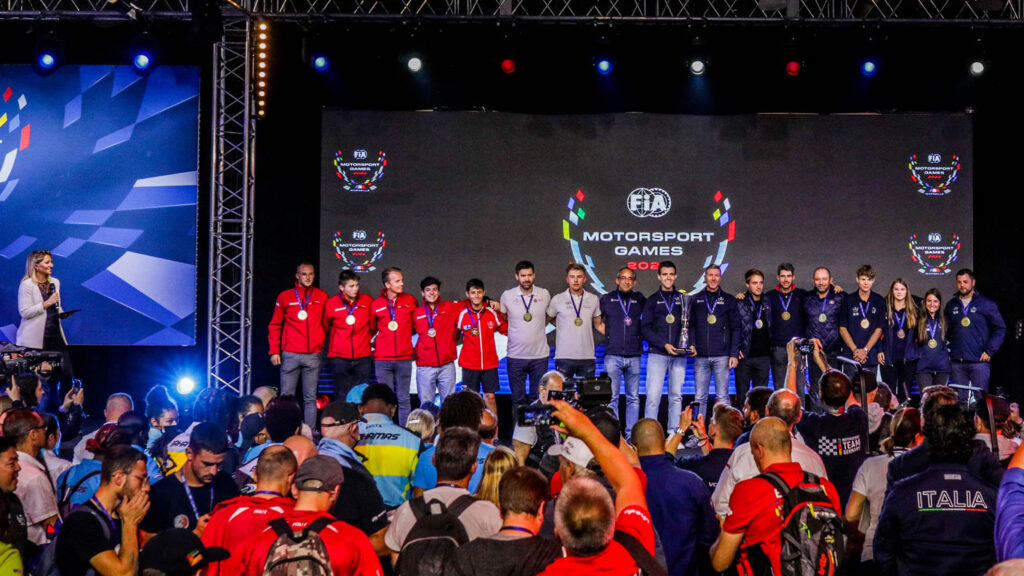
Between the first running in 2019 and second in 2022, we had the COVID 19 pandemic, which disrupted live events significantly. How grateful were you to be back up and running in 2022? And what were the challenges to run the second event post pandemic?
It was a challenge! The event got postponed not once, but twice, because it was originally meant to take place in 2020. And then in 2021, although COVID had calmed down a bit, the travel restrictions were too big and we had to postpone again. It did blow the wind out of our sails. After cancelling a second time, I have to say I thought, “okay, this event is not going to happen again” and it was hard to maintain that momentum. So, we had to double up on the communication, which our comms team did fantastically well, and did a number of webinars to engage and educate people about the event, to keep them updated on how the events can go ahead.
The nature of our event relies on people coming from all over the world to one location, so that in itself could not be more juxtaposed to the reality of what COVID was, but in the end we managed. In terms of the nations represented, we probably lost five or six nations out of 72. I think we definitely made the most of what was possible and can be quite proud of that.
How does the FIA Motorsport Games help to grow the sport in nations, which are maybe not traditionally associated with motorsport?
To begin with it helps create a platform for participation and drive the nations to host events, make selections and build a team. It covers the grassroots and disciplines that do not require motorsport licences. It’s quite easy for a nation that’s not been focussed on motorsport historically to be able to build a team in these grassroot categories. Also with diversity at the forefront, we’ve got a couple disciplines in which male/female pairings are compulsory. So it really helps people get involved from all different diversity within the country.
Is there one particular team that you were impressed by that didn’t have that heritage of motorsport?
The Bahamas! It was just wonderful seeing them. And it was incredible, more than half of the Bahamas delegation had never left the Bahamas before. And there they were having flown across the world to Europe to come to compete. They were all perfectly immaculately dressed in matching suits, in the colours of their flag. The story of the Bahamas taking part is what makes you happy to be hosting such an event, as it was just a fantastic story.
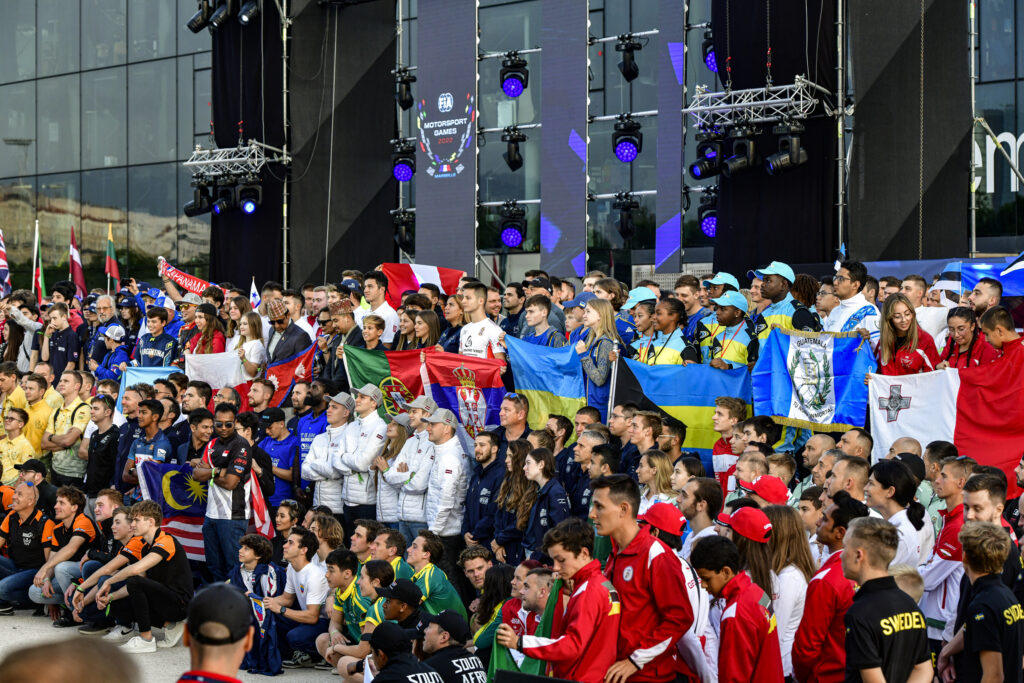
What makes a fantastic live motorsport event that works for both fans and competitors?
On the fan side, I think that inclusiveness and accessibility is key. I think there’s too many motorsports events these days, which are just not accessible enough for fans. And that’s why we went for free entry to the event which certainly helps bring the 45,000 fans to Paul Ricard, which is a place that’s notoriously difficult to attract fans. We need to have open paddocks, access to drivers, to the cars and fan activations across the venue. 20 years ago, you could expect fans just to come and sit in the grandstand during the weekend, and I think that’s changed quite substantially.
It may also sound cliche, but we really put a big emphasis on making this a family focused event with lots of activities for kids. And not just at the event, but in the build up during the summer, we had kids programmes that went with partner newspapers where there were different kids games, and it was completely FIA Motorsport Games branded.
On the competitor side, to make it a great event having the fans there is a big one, and that comes with doing a great event promotion. I think for us, it was key to find the right local event promotion agency, and I think they did a remarkable job as we could not have hoped for better. For competitors to feel as though they are a real part of the event is important. At the opening ceremony of the Motorsport Games, no matter what level of money, what background, no matter what discipline you are, when you’re walking down the catwalk in the city centre of Marseille, you’re the star of the show.
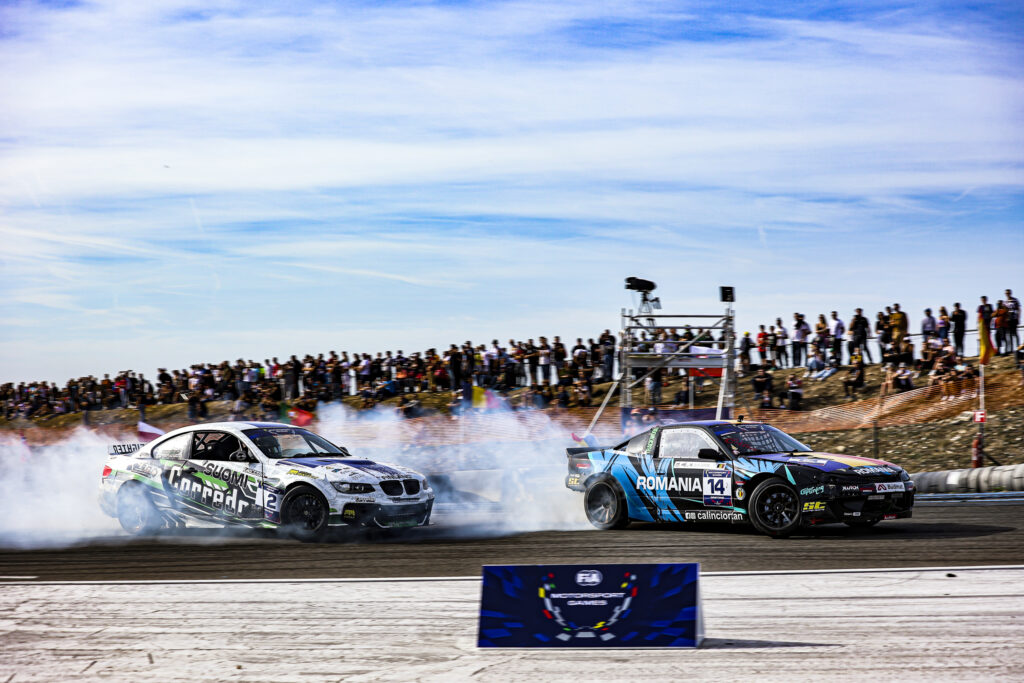
As you mentioned earlier, a big part of the appeal is the Olympic style nation-based competition. How important is it celebrating national identity within motorsport?
I think it’s very important and really has not been maximised. In motorsport, the stars of the shows are almost always either the manufacturers and the cars or drivers, never the nation. This whole nations focus really has added a whole other dimension and an element to the viewer experience. From an entertainment perspective, it just broadens the horizon enormously. And I think it can really help increase the fan scope we have in motorsport tremendously.
Our judges loved the fact that it was a very international event with a potential to be massive, and was very inspiring to young drivers and attendees alike. So what does winning the Race Media Award for Best Live Event mean to you?
It really meant a lot. It was a fantastic reward for the effort that we put into building this event, as there were a lot of disappointments when the event was postponed and cancelled. We’re a very small team, a lot smaller than anybody would imagine. It’s not often in motorsports that you get awarded a prize for an achievement in a live event; usually the rewards go to the guys that win the actual physical races, so as an organiser and promoting your events, it was fantastic. It’s an amazing initiative from The Race Media, to have these awards and we really could not have been happier. In the end, for us, it is a great marketing tool. It’s not a self proclaimed achievement, it’s a panel of independent judges, and it’s always better on our presentations to have an external judge say how good the event is, rather than it being said by us.
Finally, what is next for the FIA Motorsport Games? And how do you see it growing in future iterations?
I think the Motorsport Games has limitless potential for growth. On a quantitative level, we hope to go between 26 disciplines from the 16 that we had this year, and we hope to have 100 nations and ASNs participating, increasing the number of athletes from about 480 to target 1000.
Then in 2026, the idea is for the event to move outside of Europe, which will be a big step for Motorsport Games, and a necessary one. Looking further beyond that, we call it the Motorsport Games and not the Autosport Games. So why not one day have motorbikes, offshore boats, planes, anything with an engine that could fit in the motorsports category. That’s the dream. Let’s see how easy or not it can be to get different federations to work together to make this a global festival of motorsport, but that’s surely where I’d like to take it in the next 10 years for sure.
Find out more about the FIA Motorsport Games fiamotorsportgames.com

